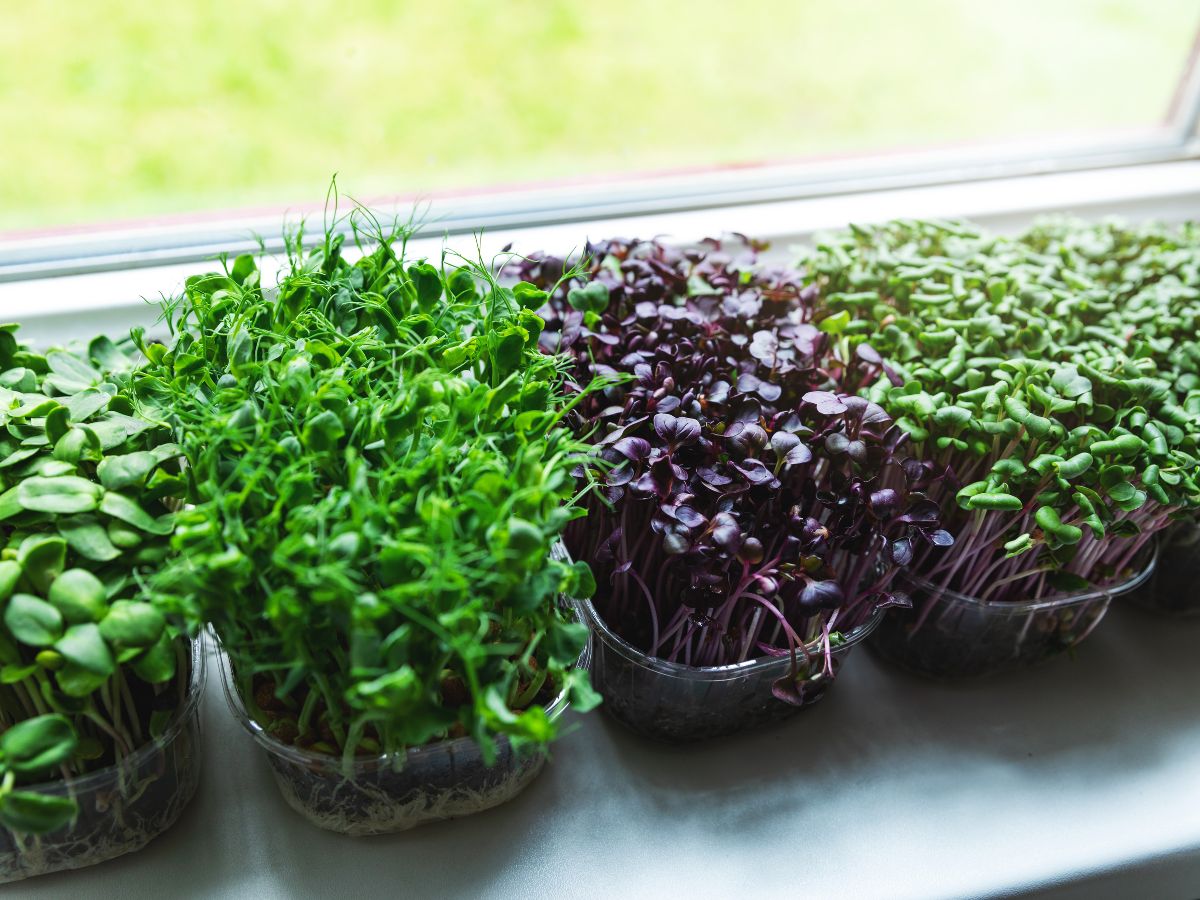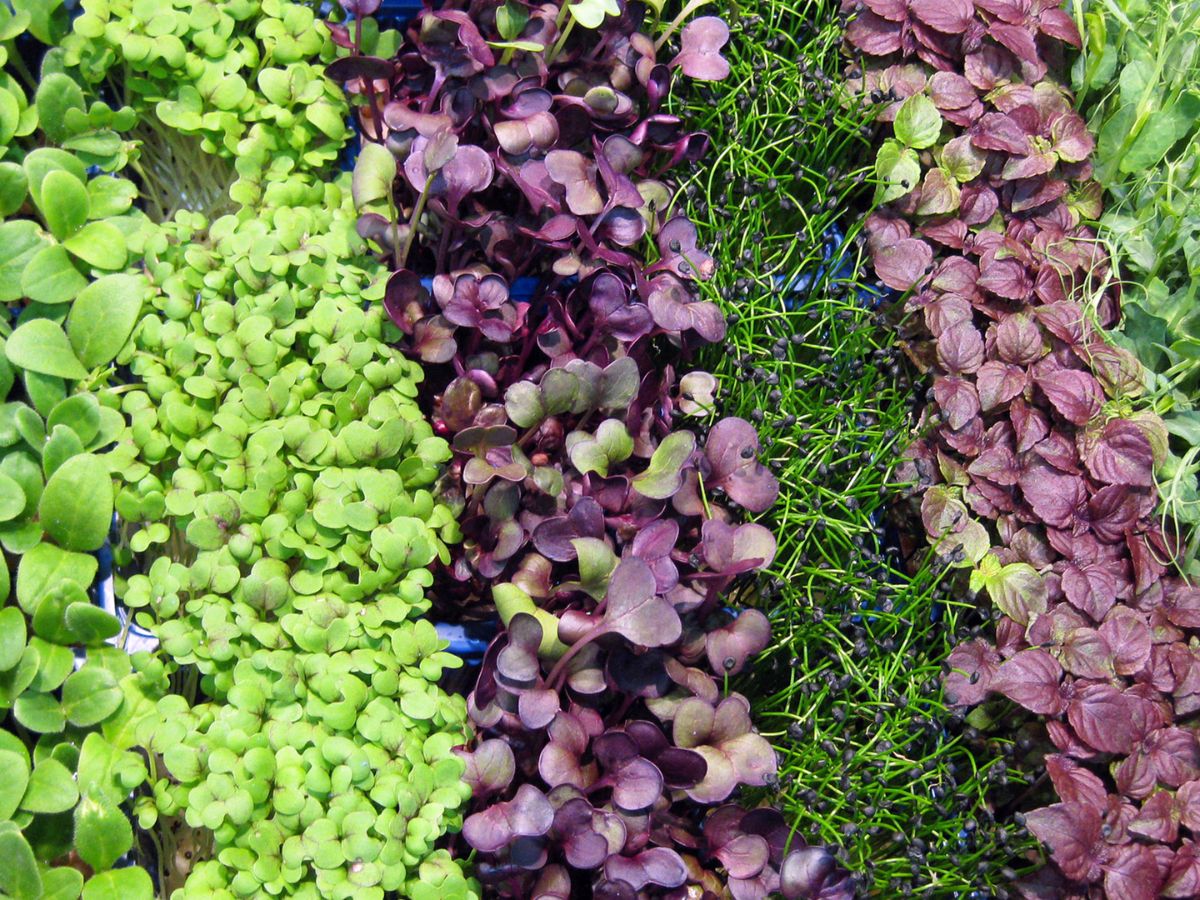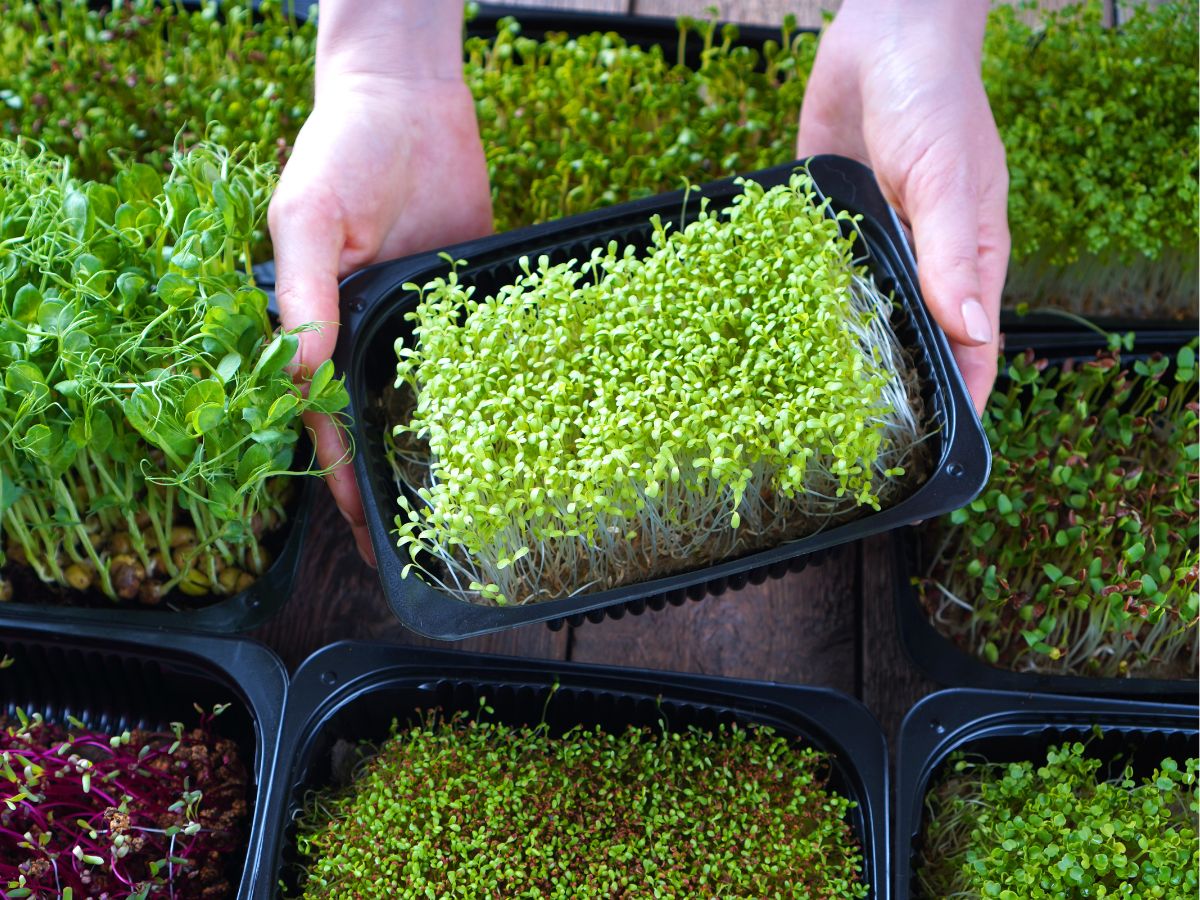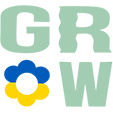Microgreens are fragrant greens, which are also called micrograss, or microgreens. She usually has a rich taste and a very bright color. It grows up to 8 cm. It is loved by everyone who adheres to proper nutrition. It has become popular because it is saturated with nutrients even more than the greens we are used to. You can eat all the greens whole. And you can also buy the best microgreens in a pot at home, cut the greens before use. So it will remain “alive” until it is eaten.
The best microgreens to grow are sprouts of the most common plants (onions, sunflowers, radishes, cabbage, beets, etc.) in their initial edible stage. The amount of useful trace elements in such plants is tens of times higher than their fully-grown counterparts. That is why microgreens are so popular with connoisseurs of a healthy lifestyle. At the same time, they have amazing taste.

Where Did It Come From?
Microgreens, as a decoration for ready-made dishes, appeared at the end of the 20th century. Then she quickly became popular in California restaurants. And this fashion spread quite rapidly and crossed the ocean.
However, interest in microgreens among people not associated with the restaurant business began to grow only in recent years.
History is silent as to who was the first to discover the beneficial properties of most nutritious microgreens, but now no one doubts their existence. And scientists, meanwhile, are finding more and more evidence of the undeniable value of such food for our body.
Indoor microgreens today are a type of business that is gaining popularity: many manufacturers supply them to restaurants and shops, where everyone can purchase this useful product. But why not try growing microgreens yourself and how to grow microgreens inside?
What Are the Types of Microgreens?
For growing microgreens, untreated seeds of almost any plant culture that are accepted by humans for food are suitable. It can be as usual for us growing radish microgreens or sunflowers, and more spicy watercress, basil, broccoli, mustard or daikon.
At the same time, the taste of microgreens is always brighter and more piquant than that of fully mature plants. Therefore, in order to compare tastes and discover something new, it is worth growing and trying the microgreen of your favorite vegetable or greens.

Benefits of Microgreens:
Most popular microgreens are different in taste. It can be neutral and pungent, sour and bitter. Depends on the type of greenery. The scent can be pungent and strong.
- Flax is neutral in taste, with hints of walnut. Flax microgreens are beneficial because they are loaded with omega-3 fatty acids.
- Sunflower microgreens are rather large compared to other microgreens. Loaded with nutrients including Vitamin E and Zinc. Has the taste of young seeds.
- Peas are rich in phosphorus, protein, and fiber. It tastes as sweet as young peas.
- Lentils are high in magnesium and iron. It cleans the walls of blood vessels and improves blood circulation.
- Radish microgreens and radish microgreens seeds contain a whole complex of vitamins, including a large amount of vitamin C, as well as mineral elements and essential oils of micro radish.
- Broccoli. Broccoli sprouts have a slight bitterness and crunchy taste. A set of vitamins in it helps the body to improve its health.
- Corn. Sprouts are bright yellow in color, with a sweetish taste. Contains vitamins and 26 minerals: zinc, sodium, chromium, etc.
- Carrot. Carrot sprouts contain a lot of calcium, potassium, and vitamin C. They have a sweet carrot flavor Mustard. A mustard microgreen has a beneficial effect on appetite, blood circulation, and vascular health. Has a pungent taste.
- Arugula microgreens. Arugula microgreen tastes bitter. It is useful in that it strengthens the immune system. It contains a lot of vitamin C.
- Beet microgreens are good to add to salads and main courses. Beet microgreens nutrition has a tonic effect due to the high content of trace elements and a complex of vitamins. Strengthens the immune system and has a beneficial effect on the digestive system.
- Spinach microgreens tiny green leaves and stems of spinach microgreens that are similar in size and shape to radishes. The stems usually grow in the 5-9 cm range. Microgreens of spinach have a mild spinach flavor. It goes well with salads.
- Buckwheat microgreens contain a large number of valuable substances, including vitamins C, group B, P, PP, E, K, carotene, and trace elements – potassium, calcium, phosphorus, magnesium, iron, zinc, copper, boron, iodine, etc., they contain proteins, fats, carbohydrates, antioxidants, enzymes, fiber, organic acids
- Alfalfa microgreens are a source of antioxidants, protein of the highest quality (vegans respect alfalfa very much). Contains magnesium, iron, calcium, phosphorus – balanced skeletal support. The high content of vitamins A, C, E, K.
- Swiss chard microgreens lower blood glucose levels. In addition, frequent consumption of the product will help stabilize the reproductive system. It is recommended for women with menopause.
- Clover microgreens go well with vegetables and fruits, meat, and fish. It is added to salads, drinks, smoothies, various snacks, and sandwiches are prepared.
Is It Possible to Grow Microgreens at Home?

It couldn’t be easier. In its most basic form, you only need a microgreen seed density chart and some items that can be found in every home. Of course, there are special devices for germinating microgreens seeds per tray on sale – we will talk about them in the next part of the article, but if you have never done microgreens before, it makes sense not to rush to spend money on special devices but to try with the simplest available means. Growing microgreens indoors do not need special growing conditions and any exceptional care: a free window sill and 5 minutes of time every day will be enough.
In principle, microgreens seeds can simply be sown in plastic trays with universal purchased soil in the same way as garden crops are usually down for seedlings – everything will work out great. The problem is that containers with earth do not look particularly attractive and take up a lot of space, besides, microgreens are usually kept on the kitchen windowsill, and the proximity of the earth with food and the cooking process is far from being hygienic for everyone. Therefore, it is better to use one of the methods of easiest microgreens to grow not on the ground, but on “clean” substrates or without them at all.
How to Grow Microgreens Indoors?
It is very easy to grow microgreens. It usually takes about a week for the greens to be consumed. If grown indoors and cared for microgreens, it will bear fruit all year round.
Microgreens require soil, sunlight, seeds, and, best of all, a self-watering device. You can also buy a heated mat. But this is optional. If you are planning to grow the best microgreen seeds at home, it is best to buy a dedicated grower. Of course, a regular tray can also work, but it will be more difficult with it.
Pour 1 inch (2.5 cm) of soil into the tray. Moisten it thoroughly. Distribute all the best seeds for microgreens evenly, press down to the ground. Plant thicker than normal vegetables. After that, you can spray with a spray bottle. Preferably in the morning and evening.
Seeds should germinate on the windowsill. Natural light will suffice. To help the seeds germinate faster, you can cover them with cling film. As soon as sprouts appear, it is important to remove the film. Place the tray on the windowsill. When the greens have reached an average height of 5 cm, they can be cut. It usually takes 7-14 days to get the delicious microgreen.

Growing Methods
How to grow microgreens indoors? Various methods can be used to organize a microgreen farm:
On the substrate. This is a classic technology that uses containers filled with soil. Moreover, like the latter, various materials can be used – peat, sand, compost, garden soil, or universal soil. Many experts already working in this segment consider neutral substrates, in particular fine peat, to be the best option. Regardless of the option chosen, the thickness of the base layer should be about 1 cm.
By hydroponic method. The soil in its usual sense is not used here – the key elements of the system are the nutrient solution, which is fed into a special tank. The most suitable option is special germinating containers, which are trays with mesh inserts. Seeds are poured onto the net, water is poured to its level – as a result, the seed receives sufficient, but not excessive moisture.
The first method is attractive for its availability – you can use simple containers and an affordable substrate. The second method is technologically more complicated, but a number of studies show that the germination rate in hydroponics is higher. In addition, in this case, the final product is cleaner and therefore more attractive to customers.
However, organizing a hydroponic system can be tricky. In particular, it is necessary to ensure regular fluid changes, which may require a circulation pump. If the volume of cultivation is relatively small, then you can serve the trays on your own.
How to Care for Microgreens Correctly?
Microgreens love the cold. Store cut stems in the refrigerator to keep them fresh for longer.
After harvesting, do not allow direct rays to hit the greens: it withers faster and loses its taste.
Wash microgreens immediately before use, they need to be stored unwashed in the refrigerator: a large amount of moisture will spoil it.
Microgreens should not be washed under the tap: it breaks easily and loses its appearance. Rinse gently with cold water and pat dry with a paper towel.
Harvest with a sharp tool. Use scissors or a kitchen knife if you are picking microgreens yourself. It may be tempting to simply pull it out of the soil with your hands, but this can damage your greens.
How Microgreens Are Consumed?
You can use microgreen varieties in completely different ways:
- as an ingredient in a salad;
- as a spice for a side dish;
- as a seasoning for a wide variety of dishes, including desserts.
At home, microgreens are successfully grown from plants of beans, cereals, wild herbs, as well as salads and home herbs. Moreover, each of them has its own unique taste and usefulness.
You can buy ready-made microgreens in the supermarket. But you cannot know in what conditions and from what seeds it was grown. And what can we say about the ecological purity of the product? But by growing microgreens at home, you yourself control every stage of germination. And you yourself are responsible for the purity and benefits of this product. Plus, growing microgreens at home will save you a lot of money.


